Introduction to Uji, one of Japan’s leading tea-producing regions|The history of Uji tea and its relationship with sencha and gyokuro
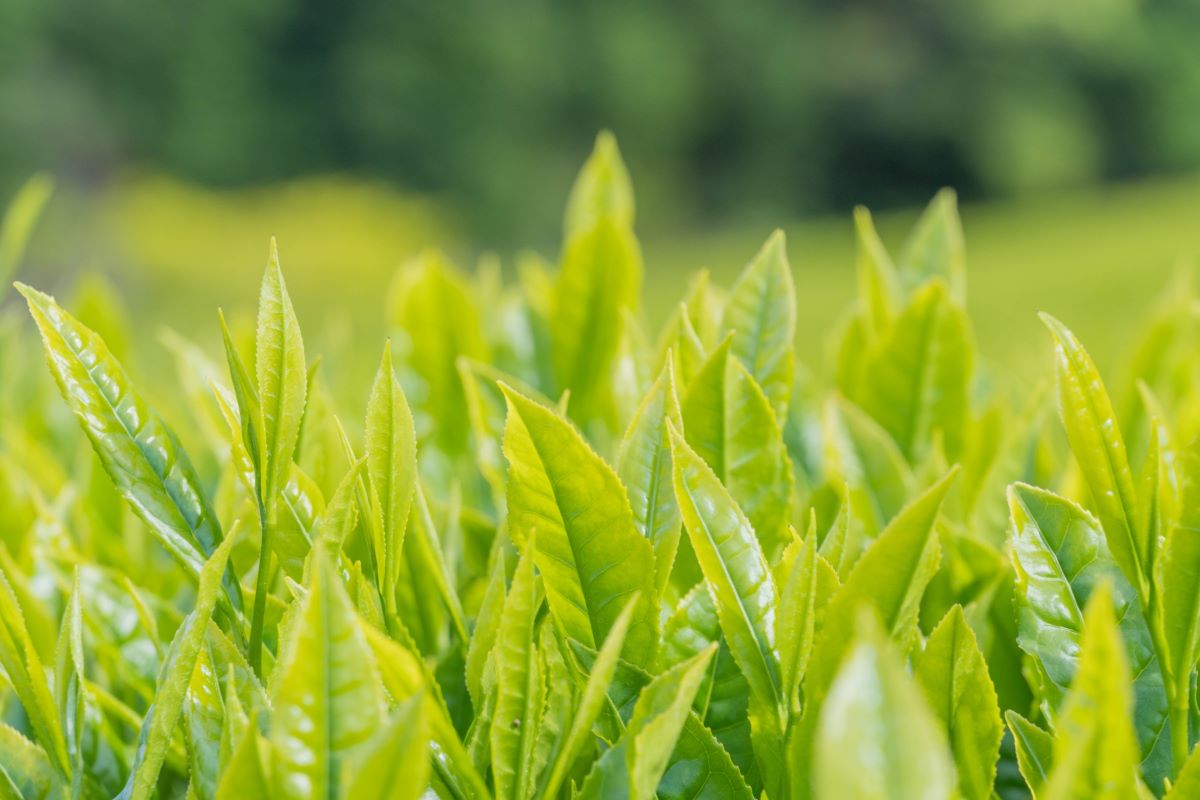
Hello everyone.
And thank you for visiting our site!
In this article, we will introduce you to Uji, one of the most famous tea production areas in Japan.
We will introduce everything from how theanine affects the taste of tea to how to make a delicious brew, so please stay with us until the end!
Uji
Uji City is located in the south of Kyoto Prefecture and is one of the centers of Japanese tea production, highly regarded both in Japan and abroad.
Uji tea produced in Uji is highly valued by tea lovers in Japan and around the world for its delicate taste and deep aroma.
In addition to the culture of tea itself, Uji is also home to many historical buildings and events related to tea, making it a major attraction for tea lovers and history buffs.
History of Uji Tea
The cultivation of Uji tea dates back to the Kamakura period in the early 13th century.
The soil and topography of Uji are very suitable for tea cultivation, and this was a major factor in the rapid expansion of tea cultivation in Uji.
By the mid-14th century, the custom of tea drinking had spread throughout Japan, and Uji tea was valued as a first-class gift. By the 15th century, Uji was recognized as the most important tea production area in Japan, along with Tsugao in Kyoto.
Later, in the late 16th century, a new cultivation method called “undercover cultivation” was developed in Uji, resulting in a bright, dark green tea with a strong umami flavor.
This new cultivation method made Uji tea the most highly regarded tea in Japan.
Uji and Sencha Tea
In the 18th century, a pivotal moment in the history of Uji tea unfolded. Tea farmers, centered around Ujitawara Yuyadani, pioneered a new tea-making process. This method involved steaming the fresh tea buds and then hand-rolling and drying them on a roasting pan. This process gave birth to a uniquely Japanese tea known as ‘Sencha’, distinguished by its superior color, aroma, and flavor.
This technique became known as the “Uji Method” (or the Ao-Sei Sencha production method). The Sencha produced through this method quickly garnered attention for its high quality. By the latter half of the 19th century, tea producers in areas like Ujitawara and Uji had spread its popularity throughout Japan.
Today, this manufacturing process forms the foundation of the Sencha we commonly drink, playing a crucial role in the culture of Japanese tea.
Uji and Gyokuro Tea
In the early 19th century, Uji experienced a dramatic evolution in tea cultivation and processing techniques, leading to the creation of what is known as ‘Gyokuro’, the pinnacle of tea-making artistry.
Gyokuro is a result of combining a unique cultivation method called “shaded cultivation,” where tea plants are covered to limit photosynthesis during the growth of new buds, with the special Uji processing method. By blocking sunlight, shaded cultivation reduces the bitterness and accentuates the umami flavor in the leaves. Processing these shaded-grown leaves using the Uji method results in a high-quality green tea characterized by its unique sweetness and profound umami.
The fusion of these techniques allowed Uji to produce distinct teas like Gyokuro, further solidifying its status in the Japanese tea culture.
The Characteristics of Uji Tea
Uji tea is renowned for its unique flavor and quality. The primary tea leaves used for Uji tea come from the southern part of Kyoto Prefecture, with additional leaves sourced from Nara, Shiga, and Mie Prefectures. These leaves are expertly blended by tea masters in Kyoto Prefecture, employing traditional Uji processing methods.
The history of Uji tea is extensive, and over the years, tea masters have meticulously selected leaves from these regions. They have developed a high level of blending expertise, establishing Uji tea as a leading brand of Japanese tea.
One of the representative varieties of Uji tea is ‘Asamushi-cha’, a lightly-steamed tea. It is known for its bright, yellowish color, clarity, and minimal cloudiness. Contrary to its refreshing appearance, Asamushi-cha is characterized by a rich flavor with pronounced sweetness and umami, along with the intrinsic aroma of the tea leaves.
In addition to Asamushi-cha, Uji tea includes various other types, such as ‘Fukamushi Uji Tea’, showcasing a wide range of diversity. This variety is one of the many aspects that contribute to the allure of Uji tea.
Conclusion
In this article, we focused on Uji City and its emblematic Uji tea, exploring its rich history, distinctive characteristics, and unique products such as Sencha and Gyokuro. Today, Uji tea continues to be cherished by many, transcending time with its long history, unique production methods, and the advanced skills of its tea masters.
If this article has piqued your interest in Uji tea, I encourage you to experience its captivating flavors for yourself. ^ ^



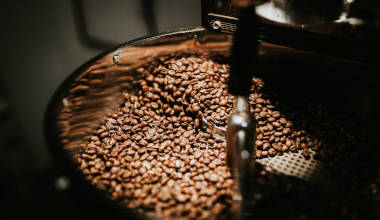



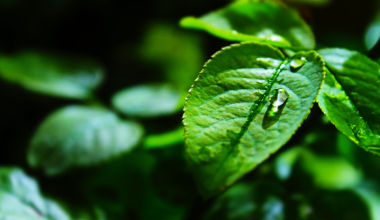
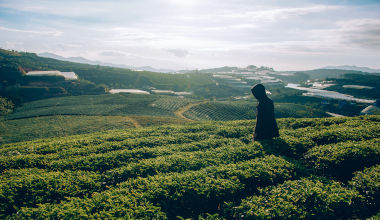

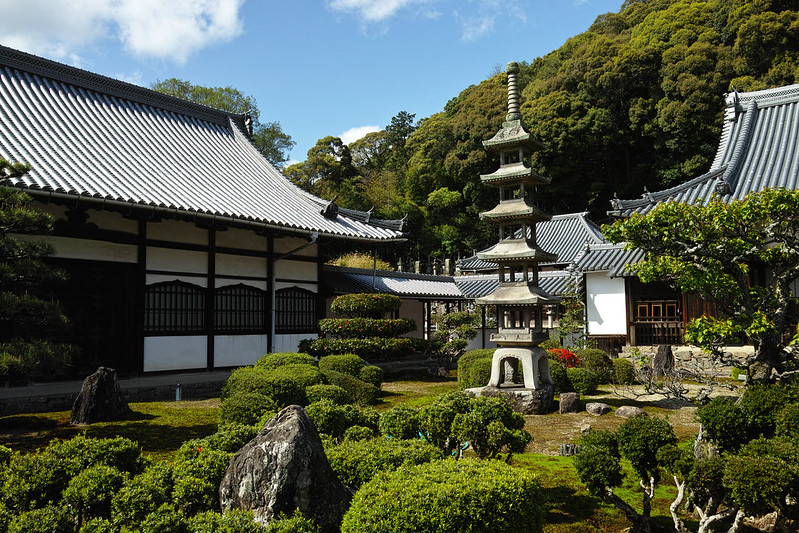
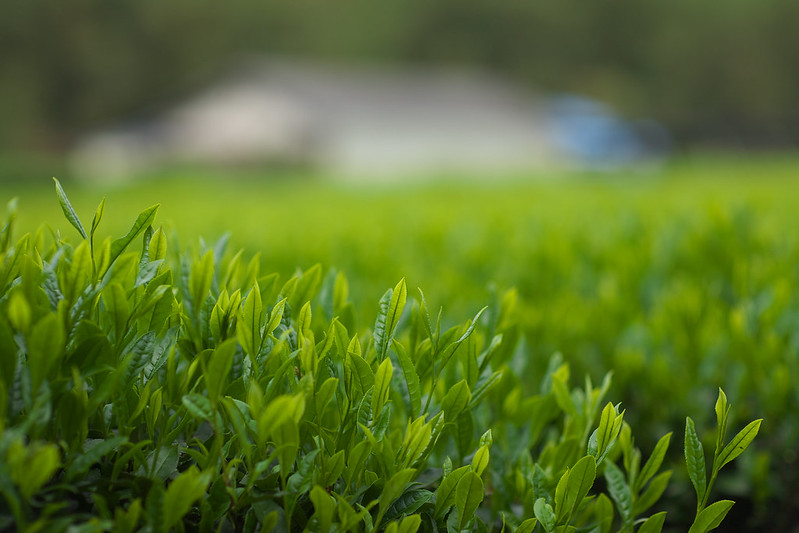
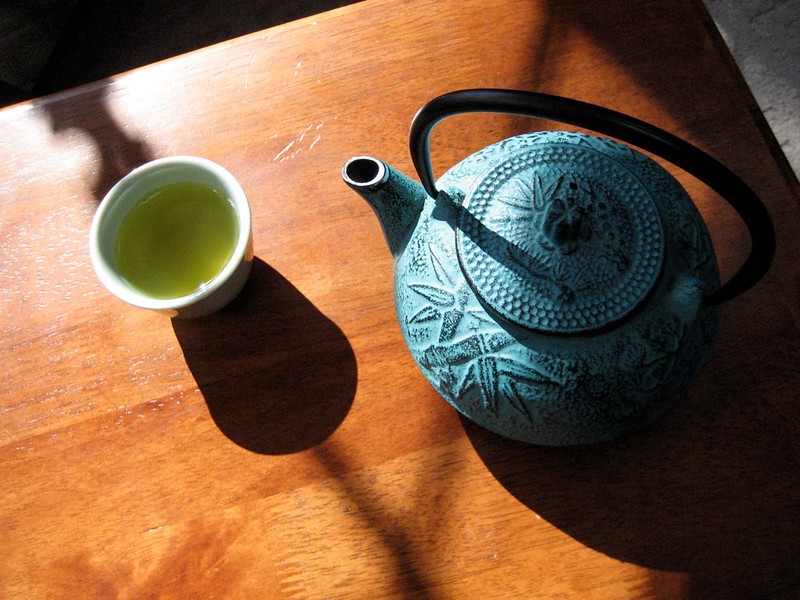
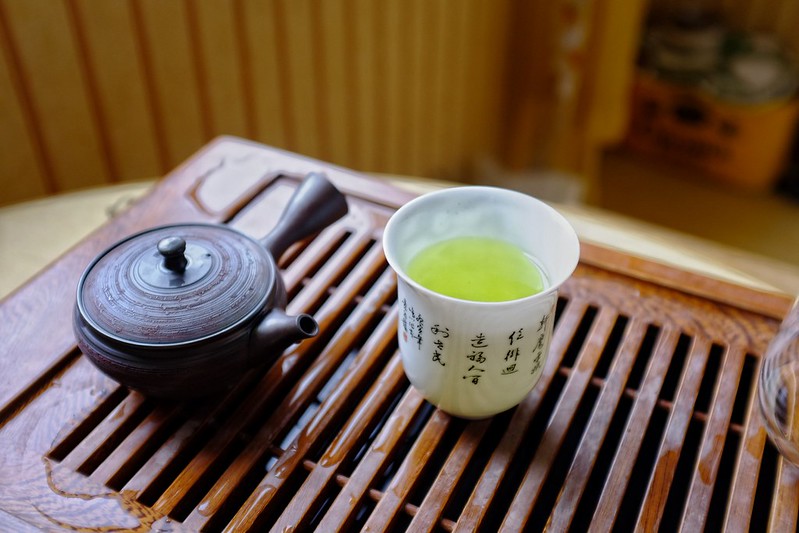
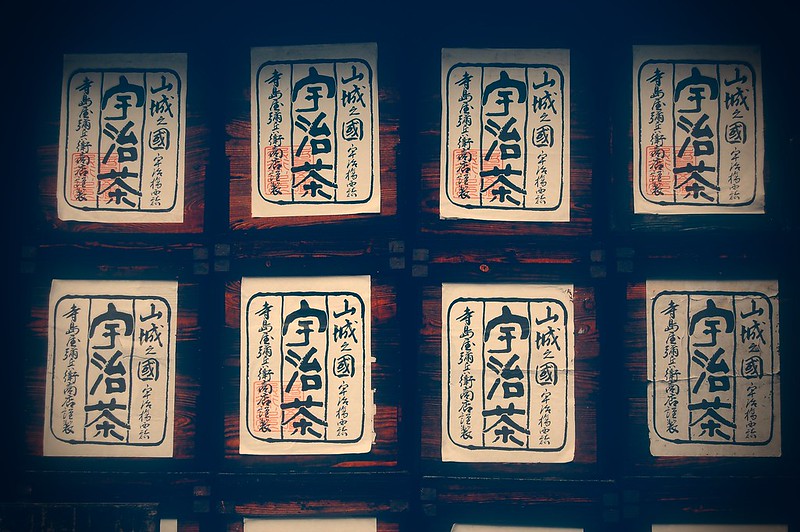
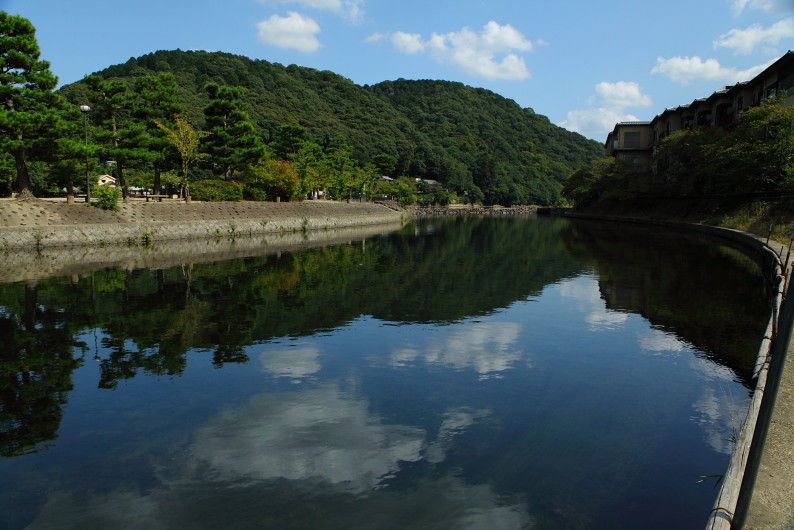
No comments yet.